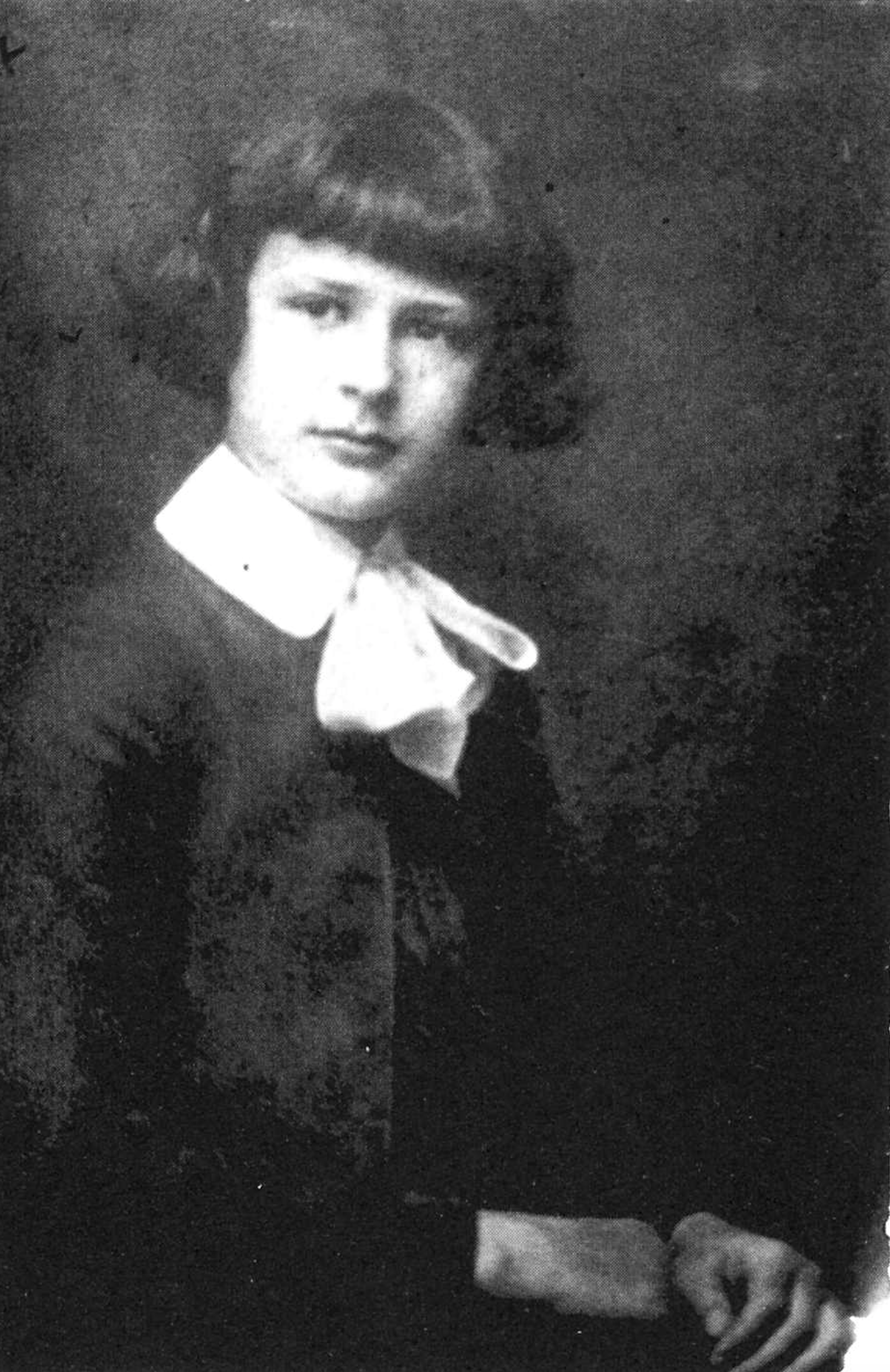What follows is an excerpt from Bernstein’s manuscript, the start (pp. 1-4) of a chapter called “What” (followed by “When,” “Where,” “How,” “Why,” and “What To Do About It”).
Two and a half to three million American adults are made criminals by outdated laws forbidding them from expressing their natural affection for someone of their same sex. Similar laws have been on statute books constantly, from Solon’s Athens to the present, the same way that prostitution, the world’s oldest profession, has existed underground for a large share of its life. The laws have never worked.
Everybody knows, in a vague sort of general way, that queers exist. No educational campaign, like Parran’s for syphilis, is needed to open eyes to sexual aberrations. There may not be more of us numerically these last two or three decades, but we are more in the open. We are seen around more.
We are the third sex; the urners; the lesbians, dikes, tribades; the inverts, perverts; the pansies, fairies, transvestists; the aunties, wolves, fags; the pederasts; the homosexuals. “There are three separate stages for names of things and acts sensual—the popular term; the technical and scientific; and the literary or figurative nomenclature which is often much more immoral because more attractive, suggestive, and seductive than the ‘raw’ word.” Take your choice between the colloquial “frenching,” “cocksucking,” or “going down”; the technical “ora1 intercourse,” “fellatio,” or “cunnilingus”; or the ultra-refined untranslated “per os.” They all amount to the same thing; they all are the same thing.
The last century reputedly saw a greater advance in housing comforts for the masses than the preceding five thousand. The last thirty years witnessed the geometric progression of radio from Marconi to television, of aviation from Kitty Hawk to world-circling Clipper schedules. In the treatment of homosexuality, a medico-legal-psychiatric subsection of the social studies, practically no progress has been made at all, either in the last five years or the last five thousand. Despite the many books written and the many fees paid, by and large no more is known or done about its effective cure now than when Socrates drank hemlock or Wilde atoned in Reading jail.
Today, the standard treatises, Ellis’, Freud’s, and Krafft-Ebing’s, and the best encyclopedic historic accounts, Burton’s “Terminal Essay,” and Symond’s Greek and Modern Ethics are all around a half-century old. Corydon, Gide’s self and the ablest pleading written, dates from 1912. Later books like Strange Lust, Strange Loves, and Sex in Prison talk around and about, but avoid mentioning what constitutes the homo sex act. Mentality & Homosexuality and some professionally written articles make no difference between fellow-humans and test-tube chemicals. In Strange Brother, the virginal hero declines a girl’s offer of marriage but never shows affection towards his beloved; in Goldie, a queer father who killed a queer son recalls his own past. In Diana, a lesbian’s memoirs, the long list of bedmates bores.
Avoiding the objective and personal extremes, the special pleading or analytical surveys, a queer’s book ought to talk United States, ought to answer the most-asked questions. The disgraceful pruriency, the shameful, censor-ridden immorality of books that casually mention fellatio or cunnilingus, that make oral intercourse “per os,” that walk round and round the bush and never get to the point should be avoided. “Let there be light” and “as knowledge grows, life becomes fuller” are emblazoned on the seals of Yale and Chicago Universities. “I am a man, everything human concerns me” goes the much-punned “Homo sum” Latin proverb.
Queers in 1940, it is admitted, are a dated story. Sex in the flaming ’20s, the social historians say, was a New Discovery that in the sober ’30s had settled to the status of last year’s headlines. Economics and bread and butter seemed much more important than who slept with whom, or personal sinful vagaries off the beaten path.
Anyhow, Freud and Havelock Ellis had gone into all that thoroughly and anyone who’s wrong could be cured if he went to a good psychiatrist. The three to five million American homosexuals dissent from this shrugged-shoulder attitude. They know better. They may not think themselves degenerate. Sex may have become for them, if they’re lucky, something to be passed over with the “that’s my life; why weep?” attitude. There’s no point in a color blind person getting himself into a neurotic state over his inability to distinguish reds and browns. Likewise, there’s no point in getting all perturbed over a predilection for physical relations with one’s own sex. Besides, the psychiatrists are only a couple of steps above quacks. They claim they are interested not in all homoes, but only in those that voluntarily come to them. Of queers requesting medical assistance, one in eight has been cured, and over half have had their cases discontinued with a “dropped, incomplete” notation. …
Over and over again, it should be repeated until listeners are sick of the sound of it, that only a small percentage of homoes are transvestists (cross-dressers, if there isn’t a Webster’s unabridged handy). The fairies and the masculine looking dikes are a lunatic fringe or an important subsection, but only a fringe or subsection. Homo America is as dispersed as an ideal public-opinion poll sampling—rich or poor; black, yellow, or white; Roman or Russian Catholic, Baptist, Methodist, Congregationalist, Jew—all have queers. They crowd into large cities. A tenth of the population of the country is in and around New York and, probably, a tenth of the country’s sexually abnormal. Wyoming, Montana, and the Dakotas are sparsely settled. Ranchers on the lone prairie are reduced to trying to meet boy friends thru correspondence clubs in magazines, and similar round-about, awkward devices. Their ads prove their existence. From 1920 to ’40 Los Angeles in particular and southern California in general increased enormously in population; so did its number of cocksuckers. …



